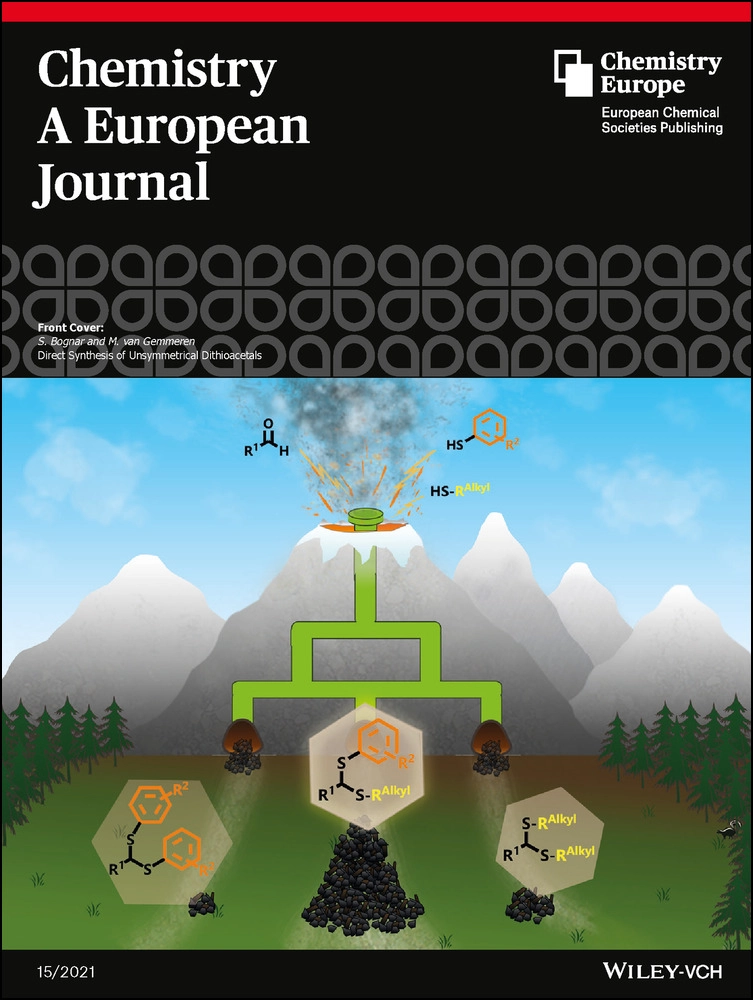|
Autores/as
Revuelta-Maza, Miguel Ángel; de las Heras, Elena; Agut, Montserrat ; Nonell, Santi ; Nonell, Santi ; Torres, Tomás; de la Torre, Gema ; Torres, Tomás; de la Torre, Gema
|
Abstract
Herein, the photodynamic activity of phthalocyanine (pc)-assembled nanoparticles against bacterial strains is demonstrated. The photosensitizers (PS) studied in this work are two chiral ZnIIPcs (PS-1 and PS-2), with an AABB geometry (where A and B refer to differently substituted isoindole constituents). They contain differently functionalized, chiral binaphthyloxy-linked A isoindole units, which determine the hydrophobicity of the system, and cationic methyl pyridinium moieties in the other two isoindoles to embody hydrophilicity. Both compounds have the ability to self-assemble into nanoparticles in aqueous media and have proved efficient in the photo-inactivation of Staphylococcus aureus and Escherichia coli, selected as models of Gram-positive and Gram-negative bacteria. The average size of the nanoparticles was determined by substitution at the binaphthyl core and, in turn, influences the toxicity of the PS. Thus, PS-1, presenting a nonsubstituted binaphthyl core, forms larger nanoparticles with a larger cationic surface than the octyl-functionalized PS-2. Although both PSs present similar structure and photophysical features, the self-assembled nanostructures of PS-1 are more effective at killing both types of strain, showing an outstanding photo-inactivation capacity with the Gram-negative E. coli.
|

WoS
Scopus
Altmetrics
  
|
|
Publicación
Chemistry – A European Journal, 12 March 2021, v.27, n.15, p. 4955-4963
|
